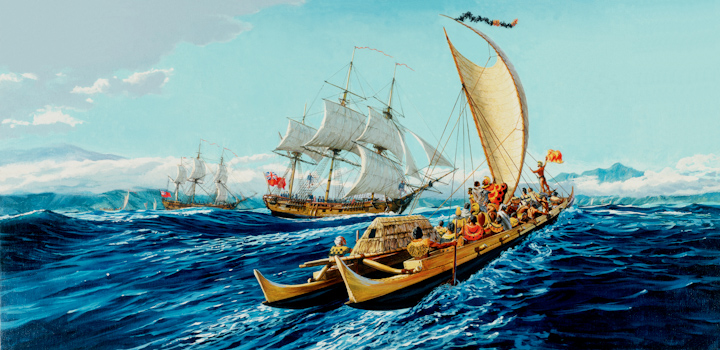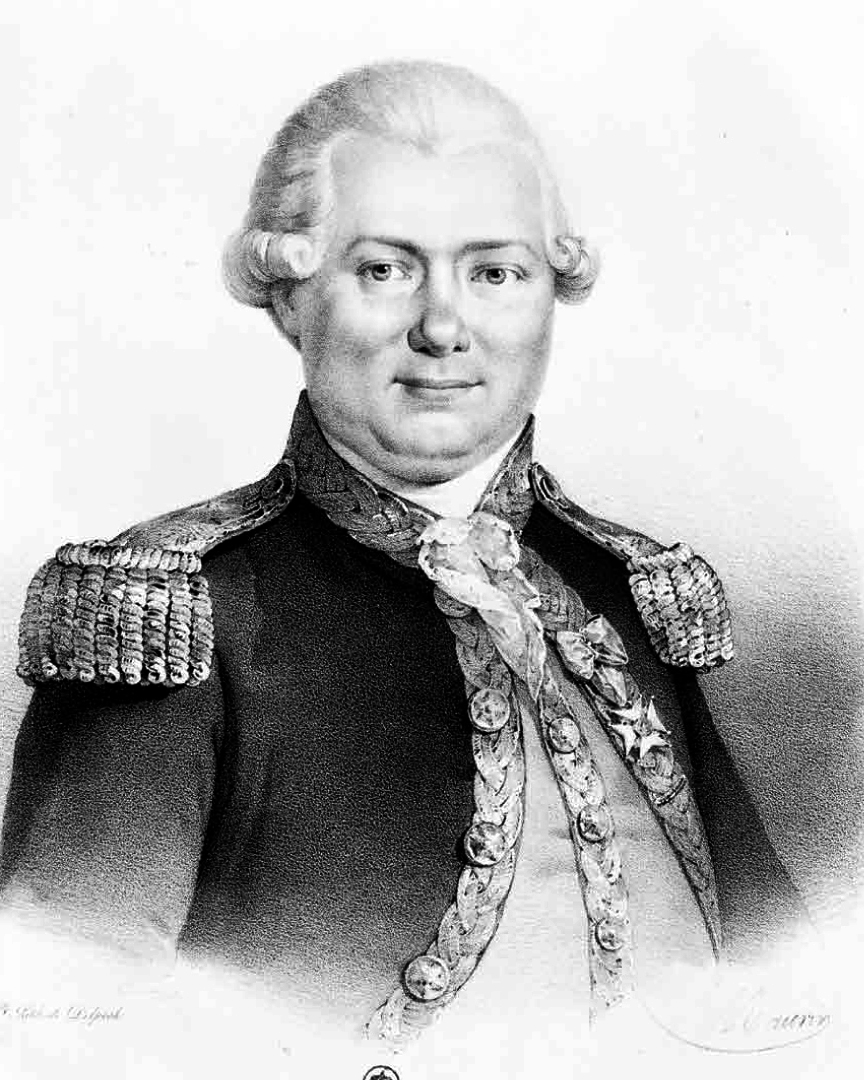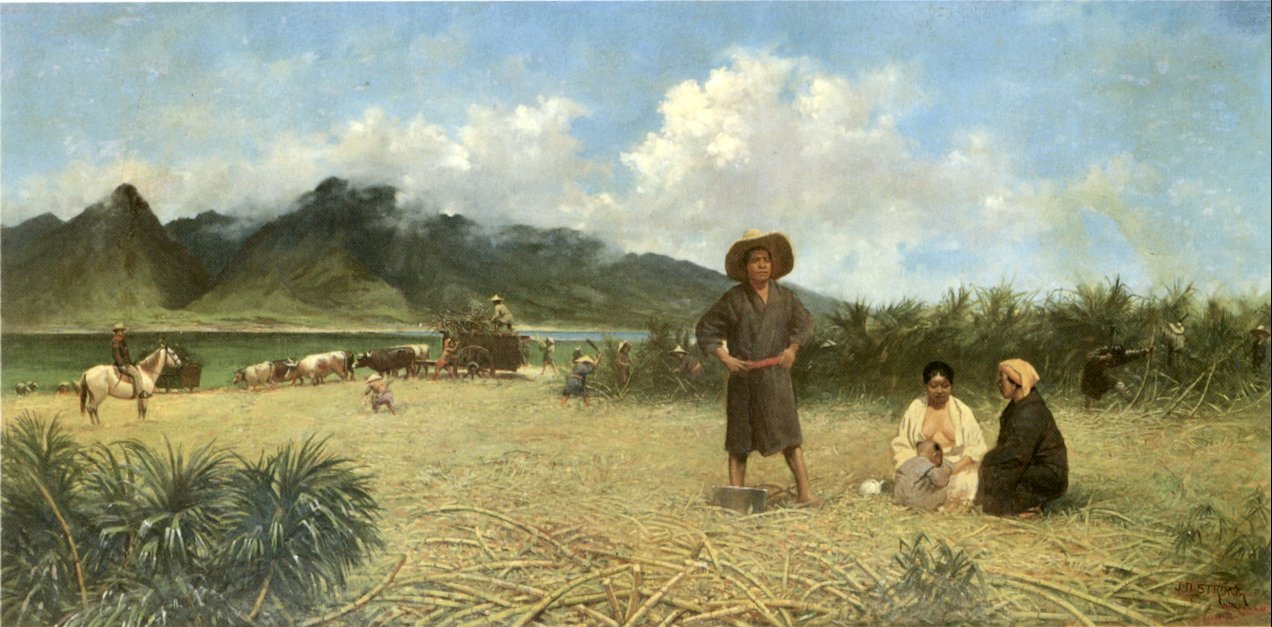HISTORY OF MAUI
Polynesians from Tahiti and the Marquesas Islands (French Polynesia) were the original people to populate Maui. The Tahitians introduced the “kapu” system, which was a strict social order that affected all aspects of life and became the core of Hawaiʻian culture.
Kamehameha I gained ultimate control of Maui in 1794 when he defeated King Kalanikupule’s army at the battle of Nu’uanu on Oahu. Kalanikupule was sacrificed to Kamehameha’s war god at Papaenena heiau, built by Kahekili at the base of Diamond Head above Waikiki. With his death, the Kingdom of Maui officially ended. In 1798 Kamehameha began construction of a brick palace in European fashion as his capitol, but Queen Kaʻahumnu refused to live in it when it was completed in 1802.
On November 26, 1778, James Cook became the first European to see Maui. Cook, however, never actually set foot on the island because he was unable to find a suitable landing spot. The first European to visit and set foot on Maui was the French admiral, Jean-Francois de Galaup, comte de Laperouse, who landed on the shores of what is now known as La Perouse Bay on May 29, 1786. More Europeans followed: traders, whalers, loggers and missionaries. The latter began to arrive from New England in 1823, settling in Lahaina, which at that time was the capital. They clothed the natives, banned them from dancing ‘hula’, and greatly altered the culture. The missionaries taught reading and writing, created the 12-letter Hawaiian alphabet, started a printing press in Lahaina, and began writing the islands’ history, which until then was transmitted orally. Ironically, the missionaries both altered and preserved the native culture. The religious work altered the culture while the literacy efforts preserved native history and language. Missionaries also started the first school in Lahaina in 1831, which still exists today.
At the height of the whaling era (1843-1860), Lahaina was a major whaling center with anchorage in Lahaina Roads. In 1 season, over 400 ships visited Lahaina with 100 berthed at one time! Ships tended to stay for weeks rather than days until whaling began to decline steeply at the end of the 19th century as petroleum replaced whale oil.
In 1937, the “Vibora Luviminda” trade union conducted the last ‘strike action’ of an ethnic nature in the Hawaiʻian Islands against four Maui sugarcane plantations, demanding higher wages and the dismissal of five foremen. Manuel Fagel (the founder) and nine other strike leaders were arrested, and charged with kidnapping a worker. Fagel spent four months in jail while the strike continued. Eventually, Vibora Luviminda made its point and the workers won a 15% increase in wages after 85 days on strike, but there was no written contract signed.
Maui was centrally involved in the Pacific Theater of WWII as a staging center, training base, and haven for rest and relaxation. At the peak in 1943-44, more than 100,000 soldiers were there. The main base of the 4th Marine Division was in Haiku. Beaches were used to practice landings and train in marine demolition and sabotage.



